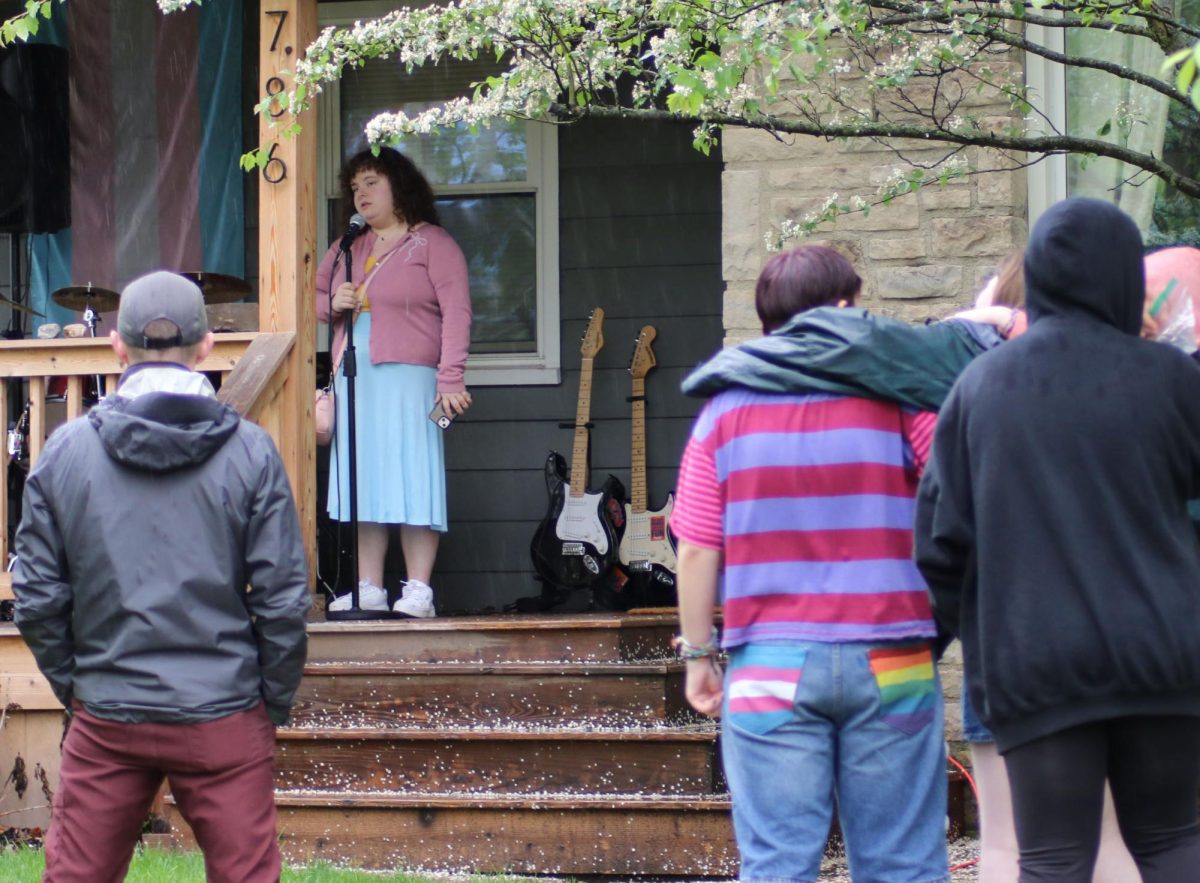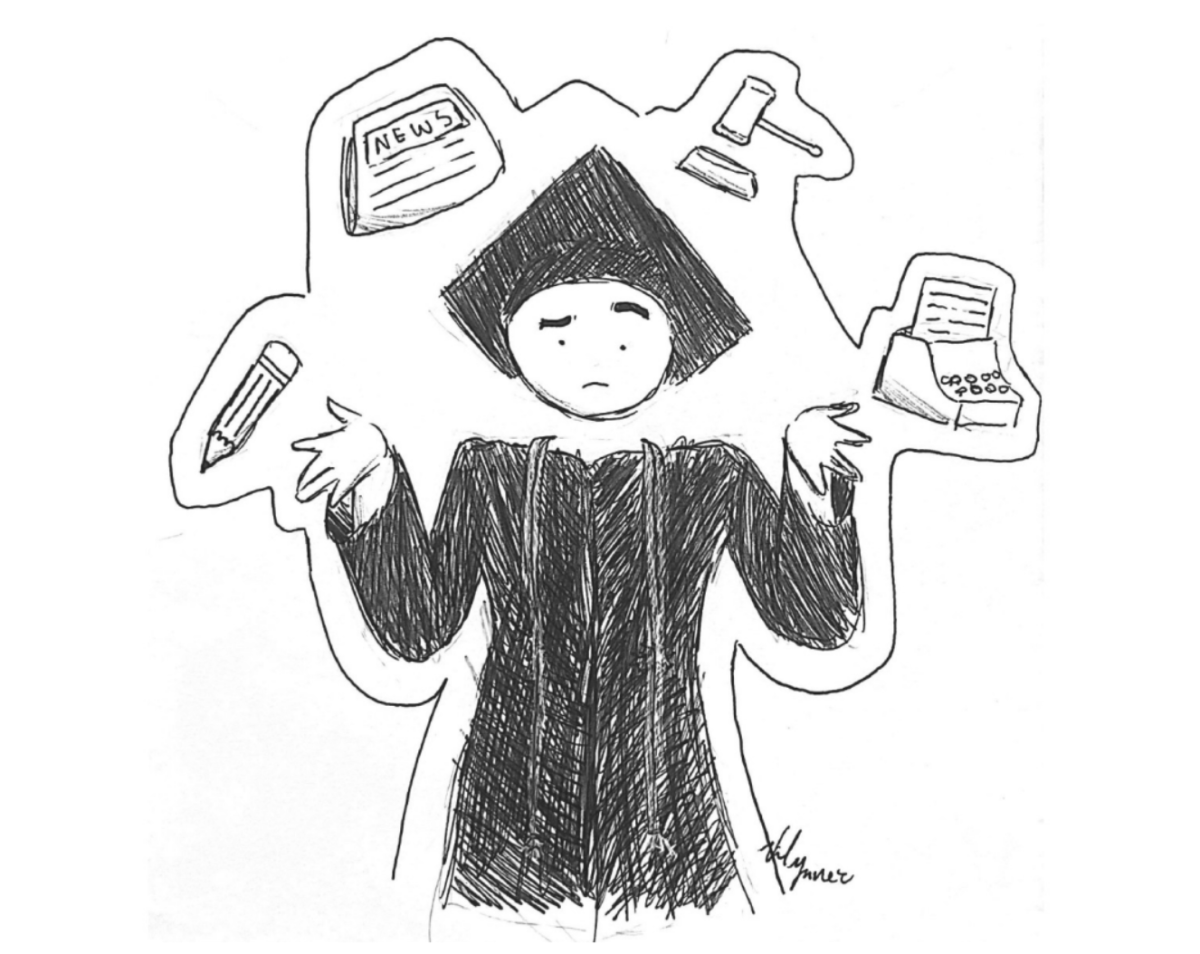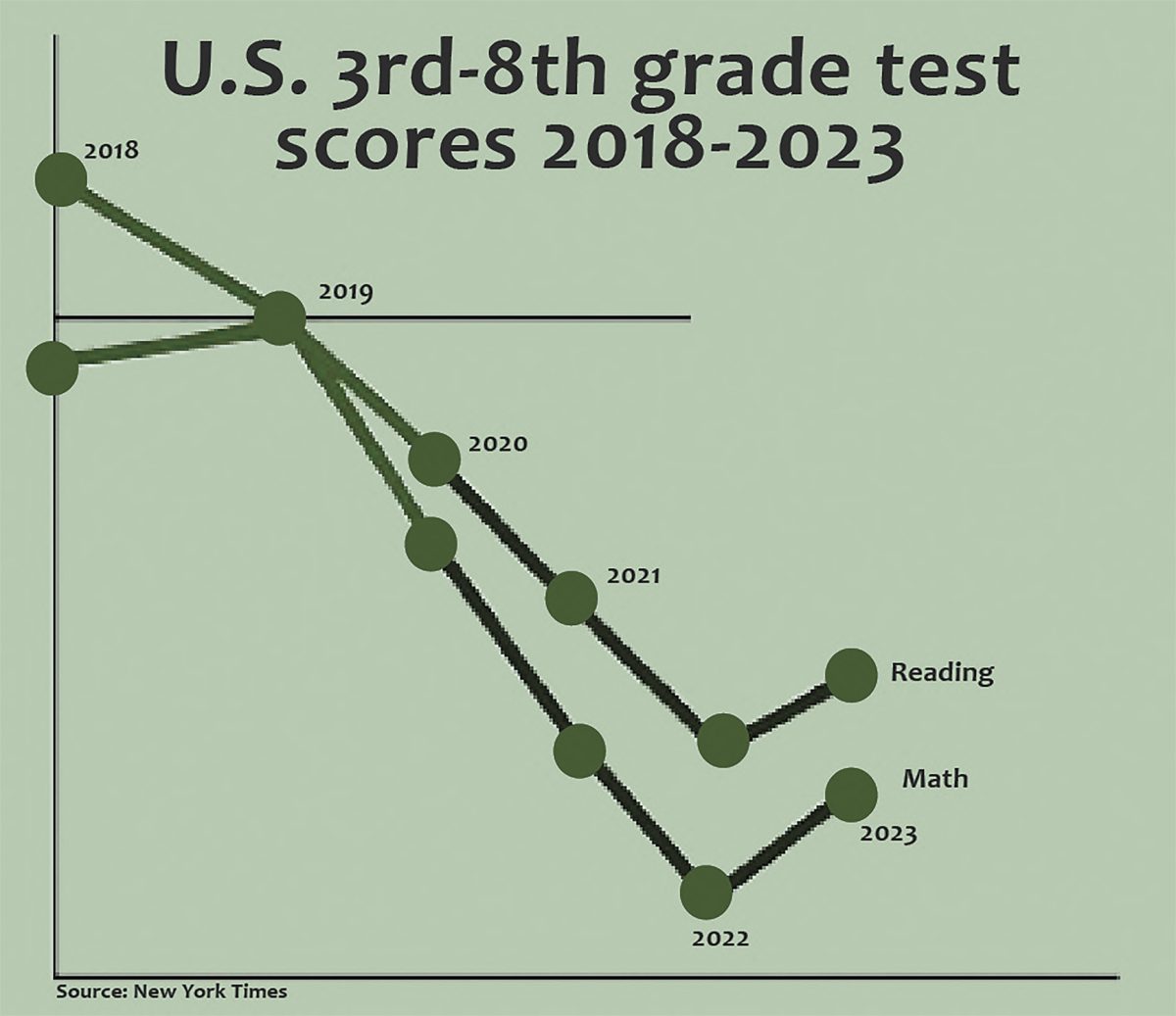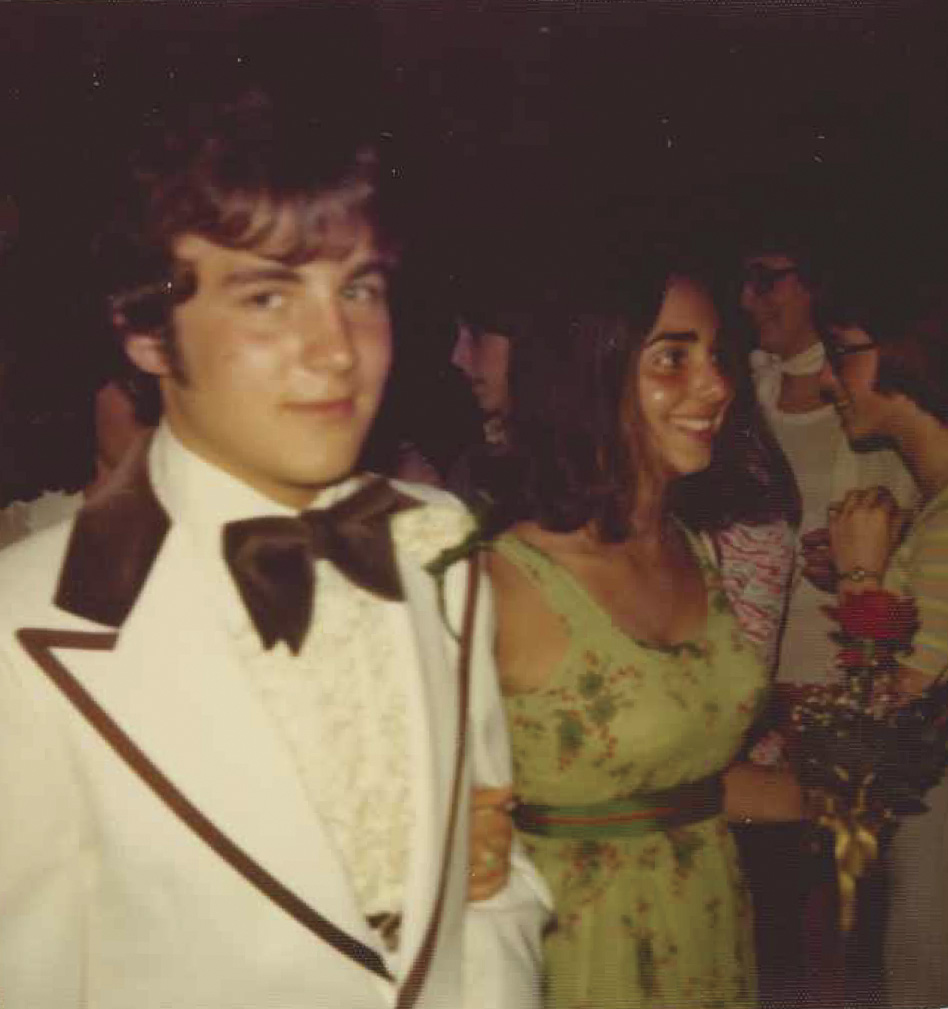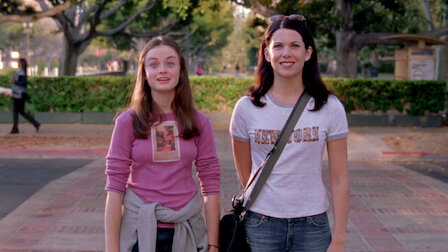Every September, as my favorite season begins, I find comfort in the crisp fall air, the shorter days and the feeling of the newly colorful leaves crunching beneath my feet. For me, the comfort and nostalgia of fall continues with my annual rewatch of the popular Netflix show “Gilmore Girls.”
The 2000s coming-of-age cult classic follows single mother Lorelai Gilmore (Lauren Graham) and the daughter she had as a teenager, Rory Gilmore (Alexis Bledel), as they navigate their personal and professional lives.
The series also features a stellar ensemble supporting cast, including Kelly Bishop and Edward Herrmann as Lorelai’s parents; Scott Patterson as Luke Danes, the owner of the town diner and main love interest of Lorelai’s; and renowned actress Melissa McCarthy in one of her first roles as Sookie St. James, Lorelai’s best friend and business partner.
One of the things I love most about this show is the charming, fictional town of Stars Hollow, Connecticut. The picturesque New England setting evokes a warm, comforting feeling in me which is only enhanced by the abundance of eclectic and lovable characters that draw the audience into their stories. I love how every character is important to the plot in some way and has a life of their own, adding to the inviting atmosphere and giving every viewer a storyline to enjoy.
The reason I always come back to “Gilmore Girls” is because I never get tired of it, no matter how many times I watch it. The witty and fast-paced dialogue filled with constant pop-culture references keep me engaged, despite knowing the outcomes of the plotlines. Additionally, the characters are relatable to viewers in their common lived experiences. In my current rewatch, I can relate to Rory’s stresses about the college application process and her future, and next year, I’ll be able to relate to her transition to college life. Finally, I enjoy how the show recognizes the flaws in its characters and calls out moments where they are in the wrong, humanizing them to the audience.
However, the show’s greatest drawback is a decline in quality of writing in the later seasons. A change in the production and writing staff before the final season in particular left the show with inconsistent characters and storylines. Lorelai and Rory both act selfishly and make bad decisions that seem completely unwarranted and unlike their previously established characters, hindering the audience from rooting for them like they’re supposed to.
Furthermore, this poor writing detracts from the focus on strong female characters, the best aspect of the show. For the majority of the series, Lorelai and Rory are both defined as career-driven, independent women. One of Lorelai’s greatest storylines is how she worked her way up from being a maid as a teen mom to owning and running her own business. Similarly, Rory is an academically-minded aspiring journalist studying at Yale University after years of working to get there. The final season abandons these narratives and instead focuses almost exclusively on the romantic lives of both women and acts as though the only resolution the audience wants to see for the characters is which man they’ll end up with.
Ultimately, I find “Gilmore Girls” to be a rewatchable series because of the blend of drama and comedy fueled by the heartwarming mother-daughter relationship that makes me feel like I’m coming home every time I watch.

